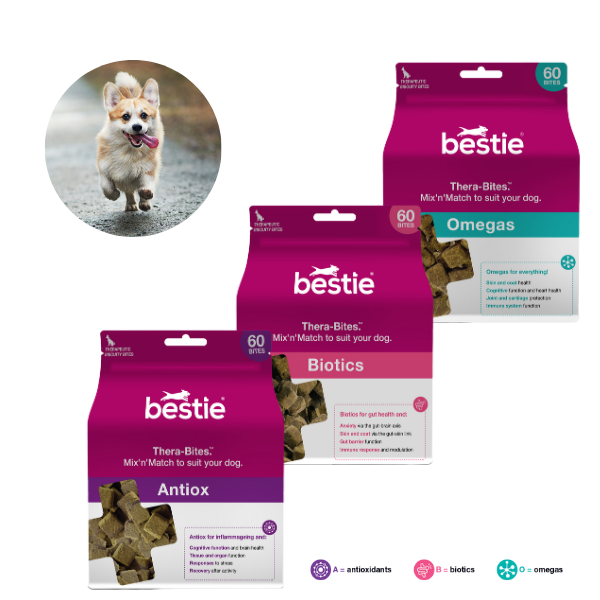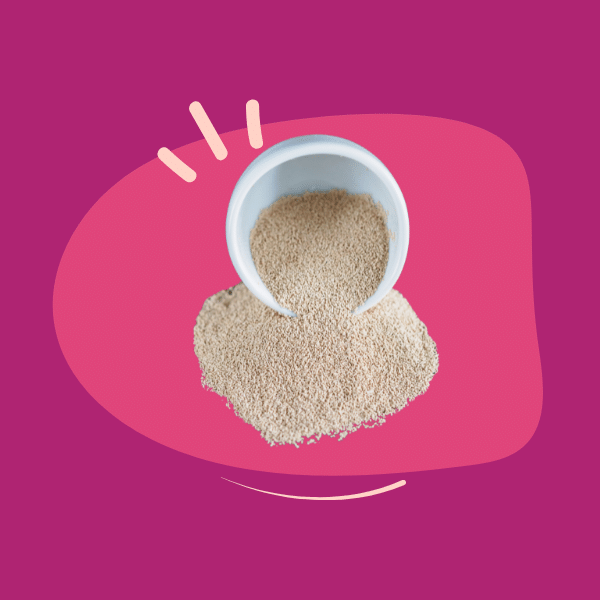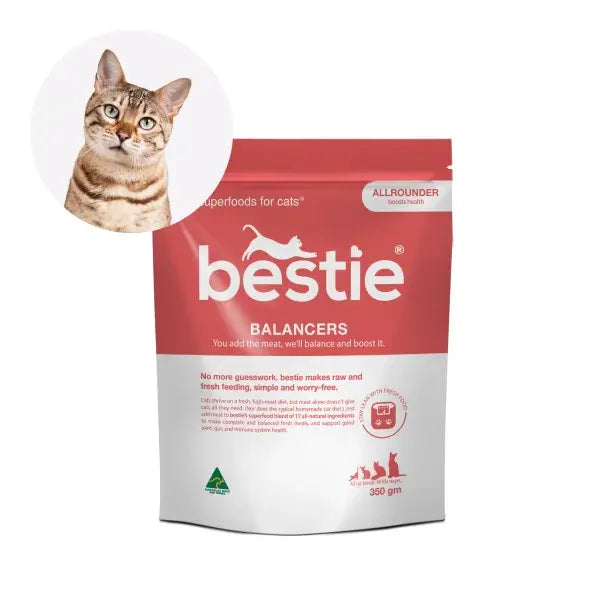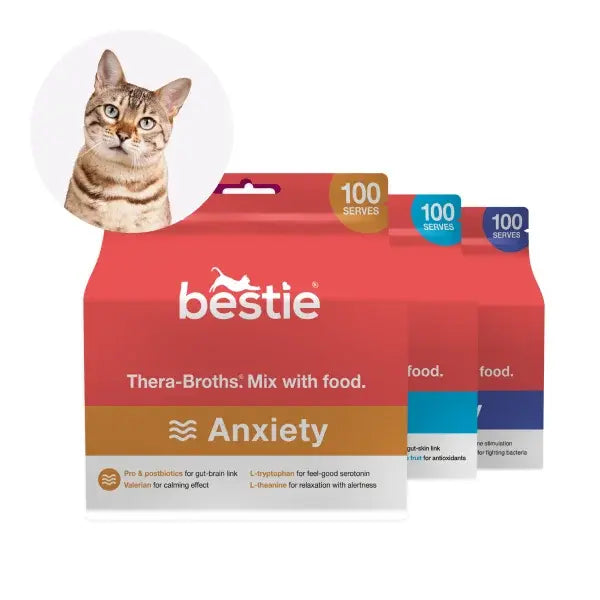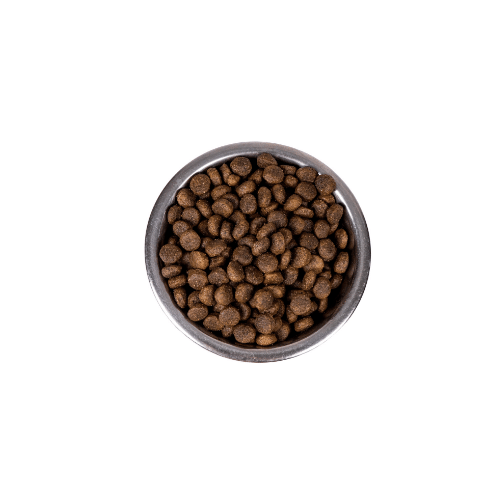There’s no question DCM in dogs is serious. But the real causes have yet to be found and until they are, 'fake news’ is rife. Let’s get the science, please! Until then, here’s a layperson’s recap of what we really know about DCM.

-
What is DCM?
According the FDA website, canine dilated cardiomyopathy (DCM) is a disease of a dog’s heart muscle and results in an enlarged heart. As the heart and its chambers become dilated, it becomes harder for the heart to pump, and heart valves may leak, which can lead to a build up of fluids in the chest and abdomen (congestive heart failure).
If caught early, heart function may improve in cases that are not linked to genetics with appropriate veterinary treatment and dietary modification.
-
What is the FDA reallysaying about DCM and dog food?
Watch out; fake news about! The FDA is NOT saying this, as reported in a Washington news site:
“Dog owners are being warned by the Food and Drug Administration of pet food brands that could cause congestive heart failure in their pets.”
Or this sensationalist and misleading headline: ‘Boutique’ dog foods linked to fatal heart condition; 16 brands named.

The FDA is actually saying:
- Between January 1, 2014 and April 30, 2018, the FDA received 524 case reports of diagnosed DCM.
- There is a range of different brands and formulas included in the reports. These include both grain-free and grain-containing diets in all forms (kibble, canned, raw, home-cooked).
- They do go on to list the brands about which reports have been made.
- They also point out that the American Veterinary Medical Association estimates that there are 77 million pet dogs in the United States. As of April 30, 2019, the FDA has received reports about 560 dogs diagnosed with DCM suspected to be linked to diet. Tens of millions of dogs have been eating dog food without developing DCM.
-
Is there really a link between grain-free dog food and DCM?
The common thread appears to be legumes, pulses (seeds of legumes), and/or potatoes as main ingredients in the food. The FDA is exploring the potential dietary link between DCM and dogs eating foods containing legumes like peas or lentils, other legume seeds (pulses), or potatoes as main ingredients.
At this time, the FDA is not advising dietary changes based solely on the information they have gathered so far.
They go on to say:
It’s important to note that the reports include dogs that have eaten grain-free and grain containing foods and also include vegetarian or vegan formulations. They also include all forms of diets: kibble, canned, raw and home-cooked. Therefore, we do not think these cases can be explained simply by whether or not they contain grains, or by brand or manufacturer.
-
What is causing DCM in dogs?
Well, this is where it gets even more interesting. In a review of pulse ingredients and DCM, (Mansilla et al 2019) point out that the high concentration of taurine in cardiac cells may explain the role of a taurine deficiency in the development of DCM.
If the dietary taurine intake is low or the synthesis of taurine from methionine and cysteine is reduced, then this can deplete calcium pools in the cardiac cells and get in the way of the cardiac muscle tissue doing its job, resulting in DCM in dogs.
The thing is though, because dogs can synthesise taurine themselves (endogenously), there are no recommendations on minimum dietary concentrations of taurine for dogs reported by the National Research Council or AAFCO.
However, the concentration of taurine in dog foods can vary substantially depending on the ingredients used, and many grain-free and/or high legume dog foods attempt to limit the use of animal by-products, which can substantially decrease the levels of dietary taurine.
Unfortunately, taurine deficiency isn’t the silver bullet here. Mansilla et al also point out that carnitine deficiency is also associated with DCM, but that plant-based ingredients do not contain carnitine. They point to another review that says it’s crucial for plant-based diets for dogs to be formulated with sufficient quantities of bioavailable methionine and cysteine to support adequate taurine synthesis.
This is all very complex. (Particularly for the average dog owner.) The key thing to know though, is that the jury is still out.
“A true cause-and-effect relationship between grain-free diets and DCM has not been proven, and other factors may ultimately be more important.” (Mansilla et al., quoting Freeman et al., 2018 ).
Not only that, but there’s also this important point, lost in the Big Kibble attack on BEG diets (boutique, exotic and grain-free):
“Dogs have no minimum or maximum requirements for ingredients. Ingredients serve as the vehicle to providing nutrients to animals. As such, animals have nutrient requirements, not ingredient requirements. In diets that have nutrient deficits, imbalances, or exceed maximums, the final nutrient composition of the diet, not the ingredients, should be critiqued.
(My italics.)
-
Why would you feed grain-free dog food in the first place?
Again, this is an interesting one. And in this instance, it may be an example of human food trends incorrectly driving a dog food trend.
The two popular reasons for going grain free, seem to be:
- Allergies
- They’re an unnatural source of nutrition
OK, so allergies first. A 2015 case report review found that for a dog living in Australia, Europe or North America, the allergens most likely contributing to cutaneous adverse food reactions (food allergies or reactions to you and me) are actually beef, dairy products, chicken, wheat and lamb. Wheat’s the key grain but not the top or only culprit.
Andrew Spanner, a vet in Adelaide, helpfully compiled this table from the same report.
|
Food |
% of 297 AFR Dogs |
% of 78 AFR Cats |
|
Beef |
34 |
18 |
|
Dairy products |
17 |
4 |
|
Chicken |
15 |
5 |
|
Wheat |
13 |
4 |
|
Soy |
6 |
– |
|
Lamb |
5 |
3 |
|
Corn |
4 |
4 |
|
Egg |
4 |
1 |
|
Pork |
2 |
– |
|
Fish |
2 |
17 |
|
Rice |
2 |
– |
|
Barley |
0.3 |
1 |
|
Rabbit |
0.3 |
1 |
|
Chocolate |
0.3 |
– |
|
Kidney Bean |
0.3 |
– |
|
Tomato |
0.3 |
– |
Which brings us to grains as an ‘unnatural' source of nutrition.
In a genome-sequencing study of dogs and wolves (Axelsson et al., 2013) 36 genome regions in a dog’s DNA were fond to have have mutated from the wolf. Three of these changes were alterations of key genes that code for enzymes involved in starch digestion, in particular, one labelled AMY2B. This gene codes for the production of pancreatic amylase, an enzyme that functions to digest dietary starch. On average, dogs have 7.4-fold average increase in dog AMY2B copy numbers, compared with present-day wolves.
In summary:
“Our results indicate that novel adaptations allowing the early ancestors of modern dogs to thrive on a diet rich in starch, relative to the carnivorous diet of wolves, constituted a crucial step in the early domestication of dogs.”
OK, so as well as being omnivores, that is, able to get nutrients from meat and plant food, dogs can also digest starch, but should they?
Well, this very neatly, leads onto the next question.
-
Do you really need to feed your dog carbs?
The answer to this is where I part ways with Andrew somewhat. He says, “If scientific evidence appears in support of the idea that carbs are unhealthy, I will be the first to let you know.”
In fact, the ‘gluconeogenic capacity’ of a dog’s liver and kidney is adequate to supply their needs for glucose — even as puppies ). That means dogs have no nutritional requirement for dietary carbohydrates.
And this is where it comes to the money, honey. As animal nutritionist John Hiltonexplains, “the largest single type of carbohydrate found in foods is starch and this carbohydrate is generally considered to be the most economical way of supplying dietary energy in a feed or food (in comparison to protein and lipids). (My italics.)
Not better for the dog, but cheaper.
Hilton explains further.
“…dietary carbohydrates are not an essential part of the dog's diet. However, in terms of feed processing and supplying of an efficient and cost-effective dietary energy source, carbohydrates such as starch are very important. The ability to extrude a dog food (kibble feeds) and to provide a sufficient gel in a canned food requires the input of a significant level of carbohydrate. Thus, carbohydrates are one of the most important dietary factors in a dog food supplying energy as well as the physical characteristics allowing for effective processing-manufacturing.”
Again, while carbs may be cheaper, and better for manufacturers of extruded kibble foods, that doesn’t mean they’re better. In fact, you need more volume of carbs to give a dog the same energy – hence the difference in Atwater scores applied to fat vs carbs. More on that here.
Not only that, but several studies (Bierer et al., 2004, and Diez et al. 2002 show that high-protein, low-carbohydrate diets, promote greater weight loss while also maintaining lean muscle mass, than high-carb and high-fibre diets.
In addition, again, as we talk about in our 3 Steps to Homemade Dog Food, when a protein joins with a carbohydrate, the biochemical result is a compound —advanced glycation end products (AGE) — that can cause widespread inflammation and damage in the body.
In humans, a direct link exists between the amount of processed foods consumed and the level of AGE in the blood; AGE has also been shown to exacerbate diabetes and interfere with kidney function. Research now shows that the less processing that occurs in pet food, the less heat applied, the more moisture maintained, and the lower the AGE.
And finally, a NZ study (led by AgResearch and Massey University), shows that dogs bodies can process meat easier than other foods. A high-meat diet is easier for dogs to digest, enables more nutrients to be absorbed and resulted in higher levels of bacteria associated with protein and fat digestion.
The study's authors say higher levels of bacteria demonstrated a dog's gut is biologically designed to digest a diet high in meat.
As a result of being more digestible, high-meat diets allowed more nutrients to be absorbed and the dogs had higher levels of the gut bacteria associated with protein and fat digestion.
(They also had smaller poos and better poo 'heath'! Bonus!)
In the AgResearch information about the study, they quote New Zealand Premium Petfood Alliance spokesperson Neil Hinton:
“While dogs are considered members of the family, they are carnivores so shouldn’t be fed a humanised diet containing high levels of carbohydrates. The study supports our long-held view that dogs need to be fed a high meat, low carbohydrate diet best suited to their biological makeup.”
Want to get more simple explanations of the science of dog nutrition (and a SUPER easy way to make balanced dog food at home? Get our easy 3-step guide.




